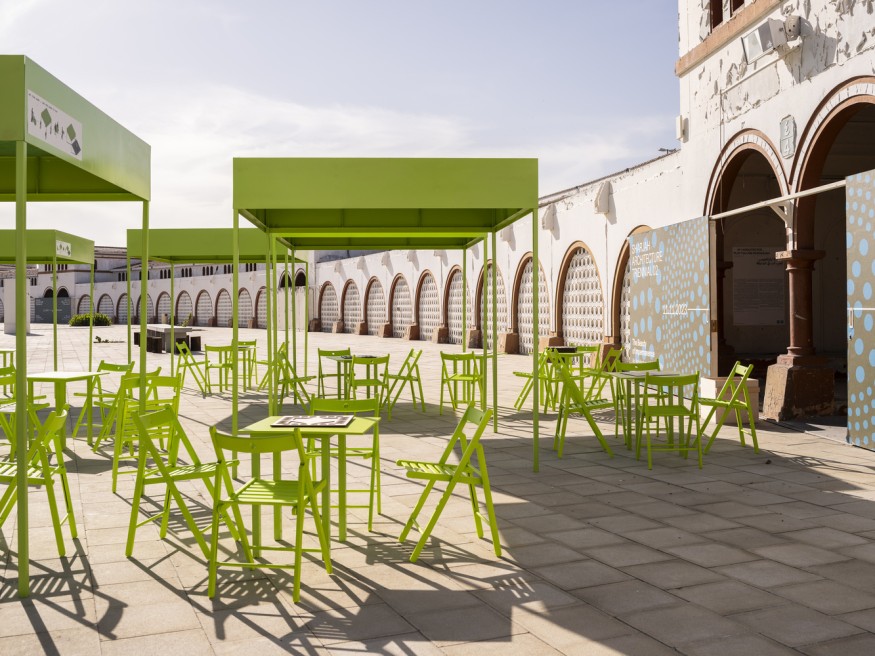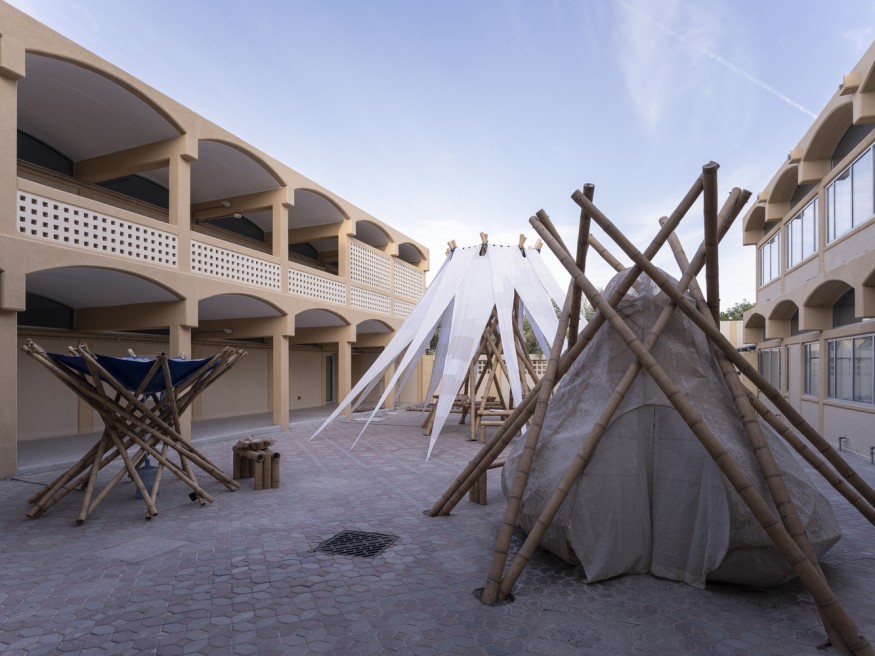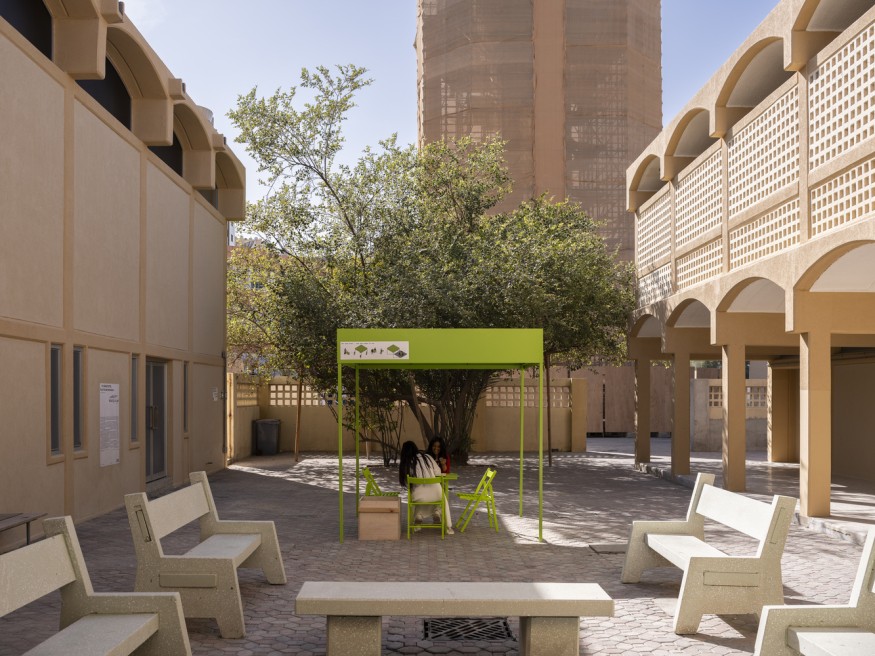Transience of Beauty: Delving Into Adaptive Designs From the Global South at the 2023 Sharjah Architecture Triennial

The Sharjah Architecture Triennial, inaugurated on November 11, 2023, and set to run until March 10, 2024, emerges as a poignant metaphor, directing our gaze toward the nuances of design and technological innovation within the built environment, with a specific focus on the global south. Bringing together a diverse array of architects and studios from 25 countries, the exhibition continues the global dialogue initiated at the 18th International Architectural Exhibition in Venice, offering a unique space for voices often marginalized in the broader architectural discourse.
Curated by Tosin Oshinowo, the second edition theme, "The Beauty of Impermanence: An Architecture of Adaptability," takes inspiration from the delicate dance between permanence and transience. It strives to celebrate existing elements, especially in the resource-scarce landscapes of the global south, where places flourish amidst constraints. Oshinowo emphasizes the triennial's optimistic approach, intending to draw lessons from these situations and unravel the sophistication of alternative responses born out of necessity.
The exhibition aims to envision a more sustainable, accessible, and equitable future, fostering a collective effort to tackle climate change challenges, explore the intricacies of the built environment, and elevate under-celebrated regional traditions. "The Beauty of Impermanence" underscores the importance of nuanced hybridity in navigating the complexities of our urbanized world.
Collaborating with globally acclaimed figures whose architectural narratives align with the theme, the triennial features participants such as DAAR - Sandi Hilal & Alessandro Petti, Olalekan Jeyifous, Cave_bureau, Asif Khan, Sumaya Dabbagh, and Wallmakers, among others. Spanning five primary sites, including Al Qasimiyah School, the old Al Jubail vegetable market, Industrial Area 5, the Sharjah Mall, and Al Madam, the exhibition seamlessly integrates installations into their local contexts, challenging notions of locality in a globalized world.
Tosin Oshinowo underlines the significance of the local context, emphasizing the need to move beyond a global monoculture approach to architecture. The triennial positions itself as a comprehensive platform, transcending traditional architecture exhibitions, aiming to convey an alternative way of understanding challenges posed by the current trajectory of modernity.
Also Read .: DIY 'Hobbit House' Worth $2,000 Built by Handyman Architect in Frozen Siberian Wilderness

Consumer Culture: Unveiling Architectural Interventions
The triennial dives into various aspects of consumer culture through compelling architectural interventions. Cave_bureau, based in Nairobi, focuses on the consumption of animals in Sharjah's old slaughterhouse, shedding light on the processes often overlooked in the city. Thomas Egoumenides, in the Old Al Jubail Vegetable Market, explores the aesthetic possibilities of discarded objects, challenging conventional design norms through modularity and upcycling systems.
WallMakers, with their "3-Minute Corridor" pavilion at Al Qasimiyah School, delves into global waste, investigating material reuse methodologies. Asif Khan contributes "Kalpa," a video installation exploring deep time and the impermanence of life on Earth. Sandra Poulson, an interdisciplinary artist, examines the presence of dust in Luanda, reflecting the city's socio-economic, political, and cultural divisions.
Formafantasma explores the extraction, production, and distribution of wood products in Al Qasimiyah School, initiating a project that broadens our understanding of design. Limbo Accra takes over the abandoned Sharjah Mall, presenting a public architecture and art pavilion that challenges the stigma attached to unfinished spaces.

Locality, Narratives, and Exchanges: Redefining Spaces
"Play You Are in Sharjah" by Peru-based 51-1 Arquitectos transforms the Old Al Jubail Vegetable Market into a dynamic cultural venue, reconfiguring its layout daily. Olalekan Jeyifous imagines Sharjah's evolving identity and cultural significance in a speculative retro-futuristic response. Al Borde, based in Quito, Ecuador, questions the concept of locality with "Raw Threshold" at Al Qasimiyah School, emphasizing natural materials for intimate discourse with the context.
Dia Mrad's "Power Shifts" critically discusses the prevalence of solar panels in Beirut, exploring the complex relationship between the built environment, energy systems, and societal dynamics. DAAR- Sandi Hilal and Alessandro Petti present the "Concrete Tent" in Al Madam, an experimental architectural preservation project addressing the paradox of permanent temporariness.
Related Article : Advantages of Using Shipping Containers in Construction













